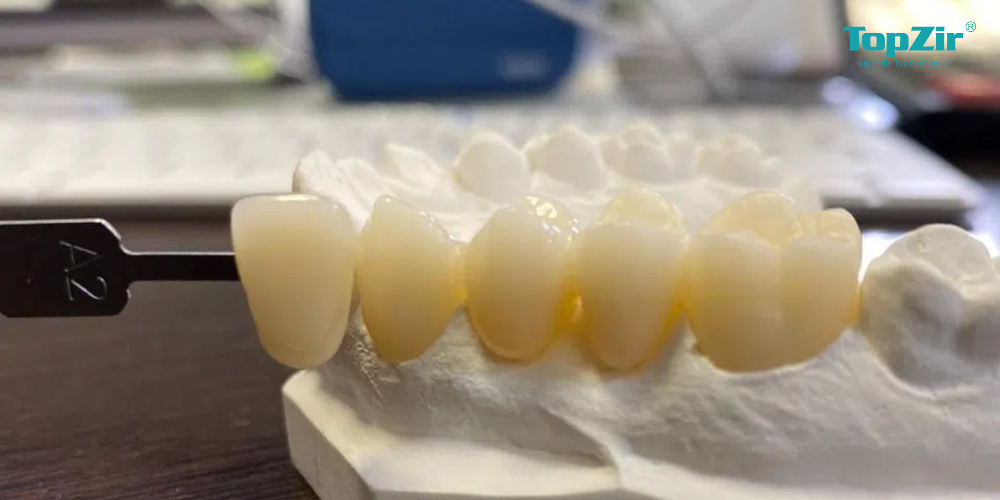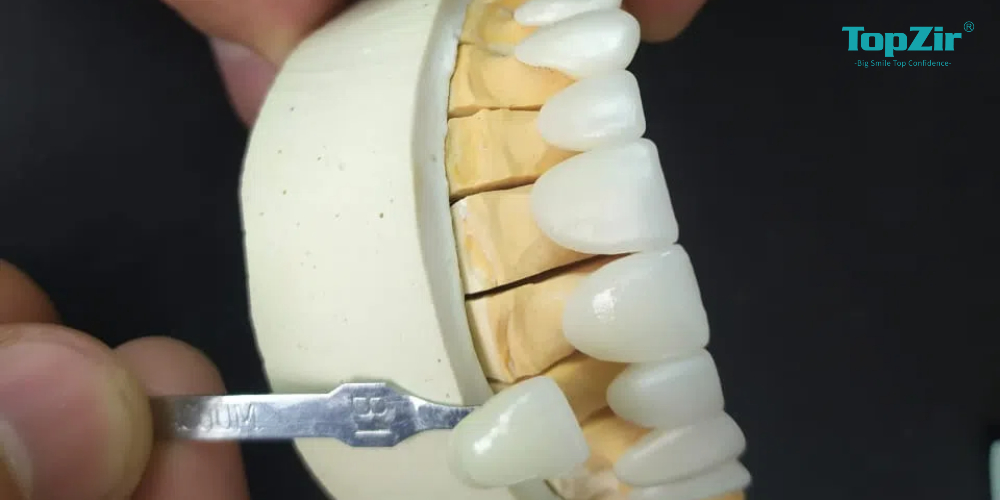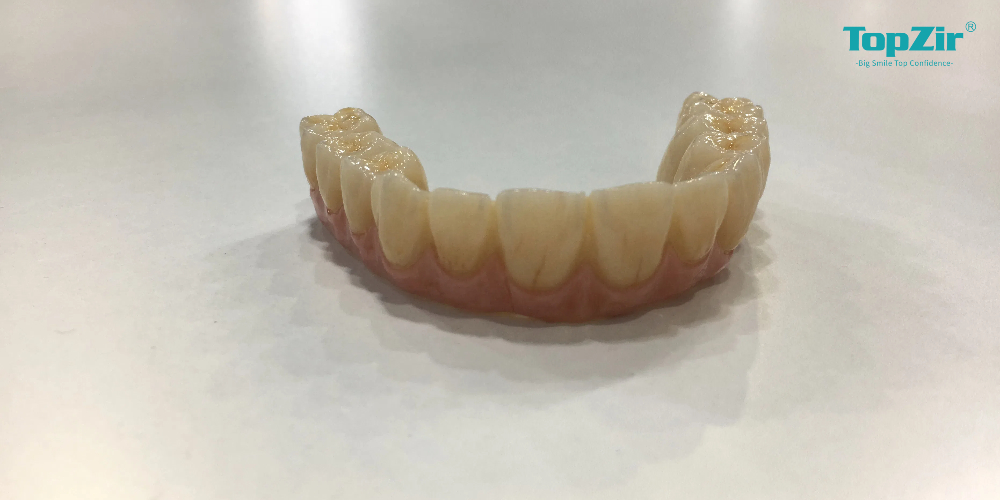In recent years, zirconia ceramic teeth have become increasingly popular among dentists and patients alike. But what exactly makes them so appealing? In this blog post, we’ll explore the reasons why more dentists are recommending zirconia ceramic teeth for their patients.
What are Zirconia Ceramic Teeth?
First, let’s take a look at what zirconia ceramic teeth actually are. Zirconia, a form of zirconium oxide, is widely utilized in various medical and dental applications due to its exceptional resilience and longevity. Its robust properties make it an ideal choice for procedures requiring materials that can withstand significant wear and tear. When used in dental restorations, zirconia can be shaped into crowns, bridges, and implants that closely resemble natural teeth.

Benefits of Zirconia Ceramic Teeth
Now, let’s dive into the benefits of zirconia ceramic teeth. One major advantage is their durability. Unlike traditional porcelain crowns, which can chip or break over time, zirconia crowns are incredibly strong and can withstand even the toughest bite forces. Additionally, zirconia is highly resistant to wear and tear, making it an ideal choice for those who grind their teeth or have a heavy bite force.
Another benefit of them is their aesthetic appeal. Zirconia crowns can be customized to match the color and shape of your natural teeth, resulting in a seamless and natural-looking smile. They also have a similar refractive index to natural enamel, meaning they reflect light in the same way as your real teeth.
Furthermore, these dental restoration materials are biocompatible, meaning they are non-toxic and unlikely to cause an allergic reaction. This makes them a great option for patients with metal allergies or sensitivities.

Why Dentists Recommend These Dental Materials
So why do dentists recommend zirconia ceramic teeth? There are several reasons. Firstly, as mentioned earlier, zirconia crowns are incredibly durable and long-lasting. This means that patients are less likely to need replacements or repairs in the future, saving them time and money in the long run.
Secondly, zirconia crowns require less tooth reduction than traditional porcelain crowns. This means that more of the natural tooth structure is preserved during the preparation process, resulting in a healthier and stronger tooth.
Finally, many dentists appreciate the ease of use when it comes to working with zirconia. The material can be easily shaped and molded to fit each individual patient’s needs, making it a popular choice for both patients and practitioners alike.

Main Types
Zirconia ceramic teeth come in two primary varieties: anterior zirconia crowns, designed for the front teeth, and posterior zirconia crowns, which are specifically crafted for the back teeth. Both types offer similar benefits in terms of strength and aesthetics but may differ slightly in their dimensions and shapes to accommodate their respective locations in the mouth.
Anterior zirconia crowns are designed for use on the front teeth, while posterior zirconia crowns are used on the back teeth. Both types offer the same benefits in terms of durability and aesthetics but may vary slightly in terms of size and shape depending on their intended location in the mouth.
Phần kết luận
In conclusion, zirconia ceramic teeth offer numerous benefits over traditional porcelain crowns, including increased durability, improved aesthetics, and biocompatibility. As more dentists begin to recognize these advantages, it’s likely that we’ll continue to see an increase in the popularity of restoration materials for years to come.
Zirconia Dental Materials of Topzir


